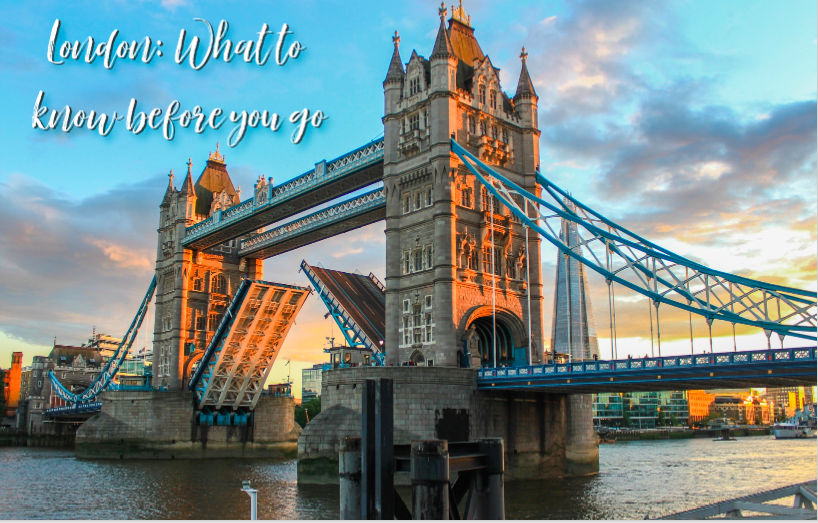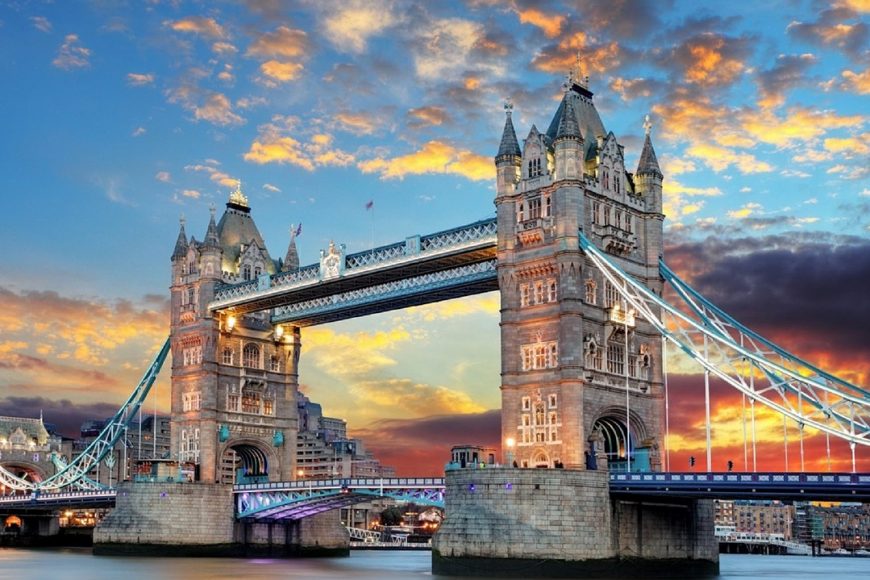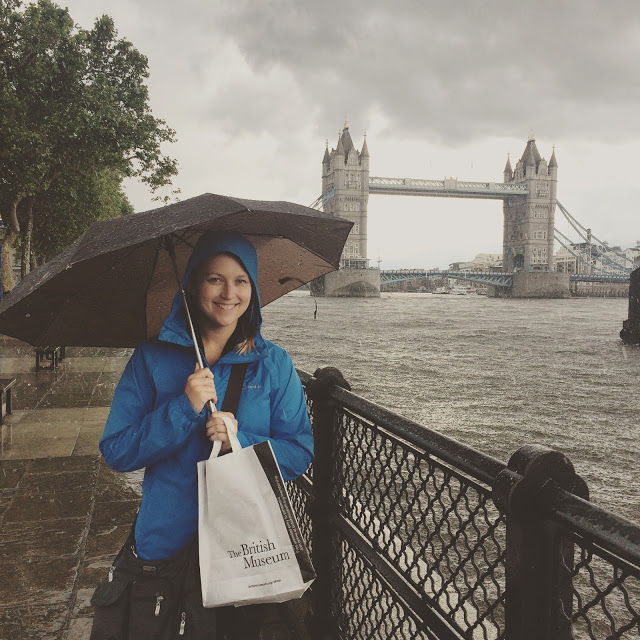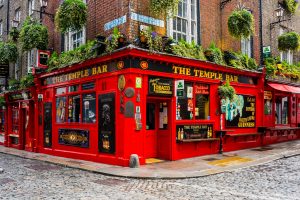Visiting London for the first time? We’ve put together some helpful tips in our London travel guide to ensure you have the best experience touring the city.
London is an incredible destination with so much history to explore and cultural experiences to enjoy – such as having a pint in a pub or having an afternoon tea. It’s a vibrant, big city and there’s no reason you shouldn’t plan a visit there at least once – or five times. This past summer was Rick’s first visit to London and he’s already dreaming up things to do on our return visit next year. If you’re ready to plan your vacation, here’s our guide to all things London!
London travel guide
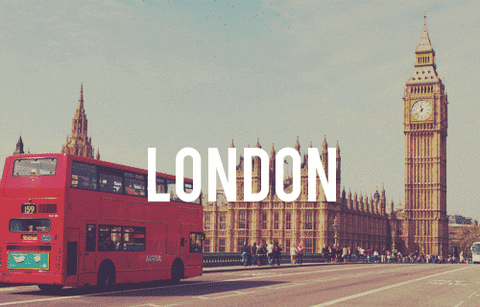
Where’s London
London is the capital of the United Kingdom and located in southeastern England, near the English Channel. It’s about two hours from Paris (by train) and about four hours from Edinburgh, Scotland by train. Its great location makes it easy to get to as well as acts as a good starting off point for further trips around Europe.
London time
London is (as of this posting) on the Greenwich Mean Time (GMT) time zone (5 hours ahead of New York and 8 hours ahead of Los Angeles). During the summer, they move to British Summer Time.
- GMT: End of October – end of March
- BST: Beginning of April – end of October
Language
English is London’s main language – shocking, I know – but London is such a multicultural metro that you won’t be surprised to find many languages spoken fluently here in different neighborhoods.
British slang
Even though we fought for our independence from England long ago, as Americans we tend to have a fascination with British accents, slang, and swear words. Some words just don’t sound the same with an American accent, but if you want to pepper your conversations with some British slang, here are your best bets and most commonly used words:
- Bespoke: Custom or tailored
- Bloke: Similar to our use of “dude”
- Bloody: An exclamation of surprise, as in bloody hell!
- Bollocks: Really, it’s the equivalent of saying “balls” in American English, but it can also mean rubbish or BS
- Brilliant: Cool
- Bugger: An equivalent of “oh shit” or other expletive, or to tell someone to get lost, “bugger off”
- Cheeky: Smart ass or flippant
- Cheers: Can be used to say goodbye or as a thank you, “cheers, mate!”
- Chuffed: Pleased
- Cock up: This is not a sexual expectation or demand but simply saying you made a mistake
- Dodgy: Questionable or suspicious
- Engaged: In use
- Fancy: Liking something or someone
- Flat: Apartment
- Knock up: This has a very different meaning in America, but back in jolly old England it simply refers to waking someone up
- Lift: Elevator
- Mate: Friend
- Off-licence: A liquor store
- On about: Most commonly used as, “what are you on about?” Meaning what are you talking about?
- Quid: About a pound
- Sod all: Nothing
- Taking the piss: Making fun of someone
- Tosser: Idiot or another word for wanker
- Wanker: Jerk, as in “that wanker cut me off in traffic!”
London weather
The stereotype for London always being foggy and rainy definitely has some truth to it. It’s never a bad idea to have a travel umbrella in your bag for a sudden downpour of rain when exploring this historic city. The rainiest months are October – May and the least rainiest months are July and August. Otherwise, the temperatures can be pretty predictable in London.
Average temperatures in London by season (Fahrenheit)
- Spring: Low 40s to high 50s
- Summer: Mid-50s to mid-70s
- Fall: Low 50s to low 70s
- Winter: Low to high 40s
Keep in mind that while in London, weather is reported in Celsius. 32 degrees F is 0 degrees C. To calculate Celsius temps into Fahrenheit, take the temperature in C and multiply it by 9/5 and then add 32.
(Temperature (C) x 1.8) + 32 = Temperature (F)
Currency
In London, your local currency is the pound sterling. You can use your credit card at many major attractions but most smaller outfitters prefer to deal in cash. Take a coin purse with you to London to keep track of your one and two pound coins.
Check the latest exchange rate at Oanda.
Travel tip: Get some cash exchanged before you arrive and pay less fees than you will at major transportation hubs and airports.
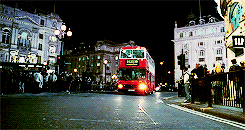
Transportation in London
As a giant metropolis, London has invested into making it easy to get into and around the city. This is one city that you probably don’t want to rent a car in as the traffic can be jammed, parking is difficult, and unless you’re ready to drive on the left, it’s best to use other transportation options.
The tube
Buy a reloadable Oyster card and hop on the tube to get around the city efficiently. With so many different lines and frequent stops, the tube is hands-down our favorite way to get around the city. Plus, they have daily caps in how much you’ll spend in transportation, so once you’ve reached your limit, the rest of your travel is free – perfect for tourists looking to see a lot in one day. Just be sure to mind the gap!
Bus
You can also use your Oyster card to hop onto a classic double-decker bus to get around the city or to cover short distances. Stops are well-marked and chances are good you’ll always find a crowd of people waiting for the next bus.
I will say I’m a bit biased against the busses as I had some issues with them back in 2016. My friends and I were waiting forever to hop on the bus and when one finally came along, there was a shift change two stops later so we had to get off and wait for the next bus. The same thing happened that night after we were stuck in a traffic jam for an hour. I haven’t been back on a London bus since.
Cabs
Another option is to hop into a black cab and let them take care of driving you to your next destination. For tipping your cabbie, round up to the nearest pound and then add a couple of pounds on top as a tip.
Keep in mind for transport that in the UK they drive on the left so if you’re coming from the US, be sure to look the opposite direction before crossing the street. They paint friendly reminders on the streets of which way traffic is coming from.
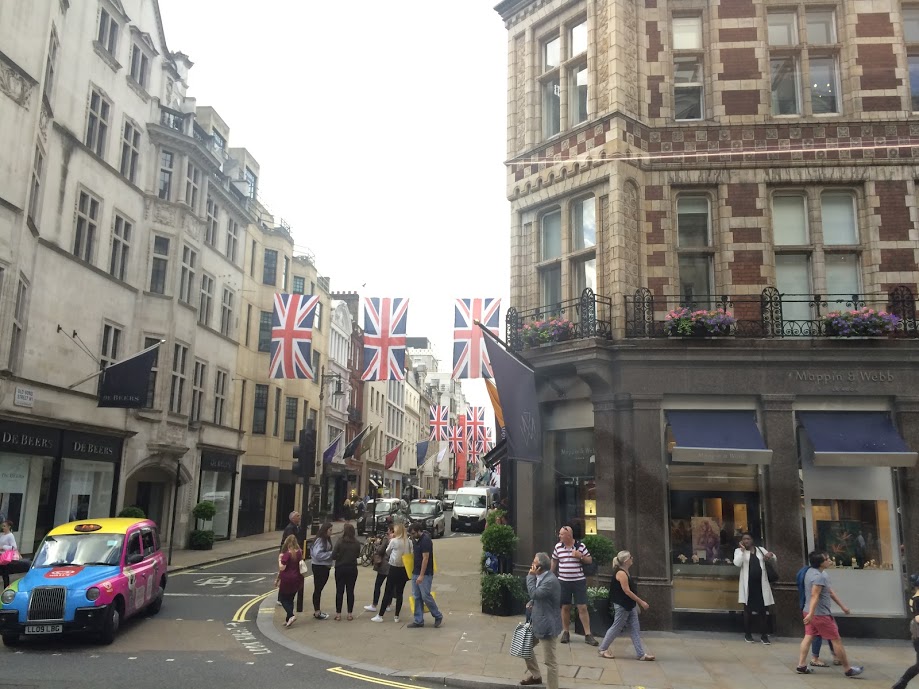
London Neighborhoods
London is home to 48 neighborhoods, each with their own charm, personality, and attractions. Whether you want to be in the middle of all the touristy action or you want somewhere quieter, there is the perfect neighborhood in London waiting for you.
Top 12 neighborhoods in London
- Camden Town: Lively, alternative, nightclubs, touristy
- City of London: Central, historic, Victorian architecture mixed with modern design, pubs, restaurants, top London sightseeing
- Covent Garden: Cultural, touristy, lively, shopping
- Kensington: History, museum central (V&A Museum, National History Museum, and Science Museum), parks and gardens
- King’s Cross: Lively, nightlife, Harry Potter, travel-focused (Eurostar), industrial
- Maida Vale: Little Venice, bars and cafes, quiet – As a fan of the Shopaholic series, I love exploring Maida Vale as that’s where Becky and Luke live
- Notting Hill: Arts, music, shops, Notting Hill Carnival, cafes
- Paddington: Touristy, Hyde Park, shops, Victorian architecture
- Pimlico: Pubs, restaurants, galleries, relaxed
- Soho: Trendy, young, foodies, multicultural, Chinatown, LGBT-friendly
- West End: Modern, touristy, historic, spendy
- Westminster: Top London sightseeing (Big Ben, Westminster Abbey, Buckingham Palace), touristy, busy
Accommodations in London
London has a great variety of affordable and luxurious accommodations – dependent on your budget. You can stay at big chain hotels like Hilton, Marriott, and Travelodge or find boutique hotels like Claridge’s, London House Hotel, or the Queen’s Gate Hotel. Most hotel rates range from the low $100s to mid-400s per night, depending on seasonality, obviously expect a hike in room rates in the spring and summer.
It’s also easy to find Airbnbs in the city if you want to feel more like a local during your visit. Plan your accommodations by your travel itinerary to find somewhere that’s centralized to what you want to see and do during your stay.
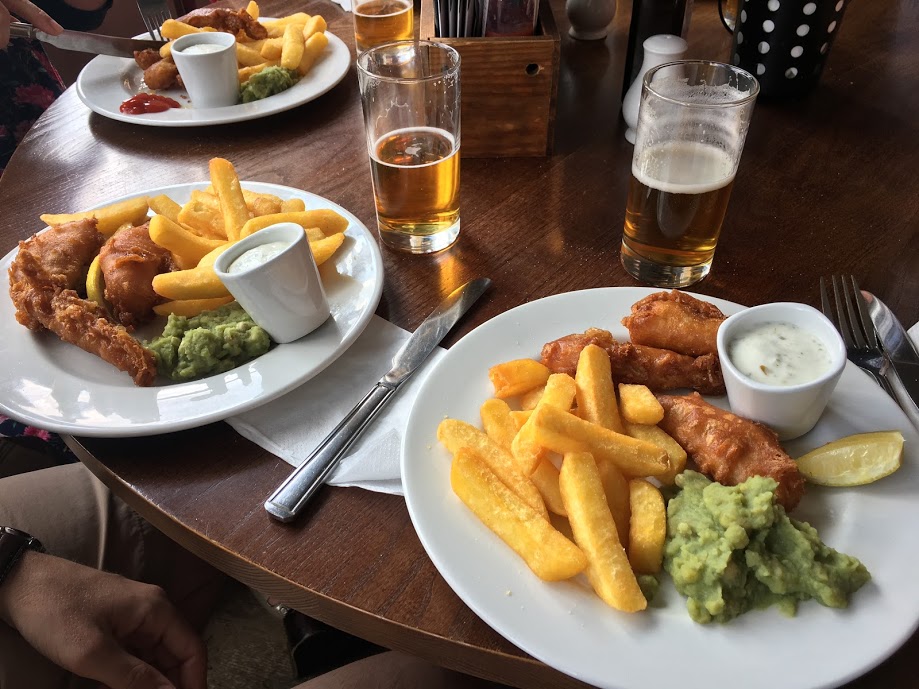
Dining & tipping in London
For dining, there’s no shortage of options for national dishes and international plates, with a big influx of Asian, Indian, and other European cuisine. Expect hearty dishes, meats and vegetable-based dishes, and some unique creations when eating in London.
Check out our guide of what to eat in London for more info on dining!
Tipping
Like many other European countries, servers are paid living wages and don’t rely on tips to get them through. When dining, check your bill for a service charge, of about 12%, and if it’s not added then you may want to add a 10% tip. You don’t need to worry about tipping when ordering at the bar at a pub.

Top 10 things to do in London
- Westminster Abbey
- Big Ben
- Buckingham Palace
- The Tower of London & Tower Bridge
- British Museum
- St. Paul’s Cathedral
- Hyde Park
- Borough Market
- London Eye
- Thames cruise
British etiquette
Want to blend in more like a London local on your trip? Review these quick points of etiquette:
- Eat with your non-dominant hand: Most Europeans keep their fork in their non-dominant hand so they can cut their food with their dominant one and not have to switch knives and forks back and forth. If you’re right-handed, keep your fork in your left hand to eat your food. You should also put your cutlery down as you chew your food.
- Tea: Pour your tea – after serving others – and then add your milk and sugar. Don’t blow on your tea to cool it, but wait for it to cool down naturally before taking a sip.
- Queue: The Brits love an orderly queue so take a page out of their book and line up nicely and wait your turn. Unlike boarding at the airport where we all kind of spread out into one big mob, line up and play nice with everyone else who’s waiting too. If you’re unsure, just ask where the back of the queue is and someone will happily point you in the right direction.
- Mind your p’s and q’s: Being polite will get you far in London and saying please and thank you should just be a staple of your vocabulary there.
- Apologize: The Brits are also famous for apologizing – something I can identify with as a nice Minnesotan! If you accidentally bump someone in the queue or trod on someone’s foot, a quick “sorry” is expected and appreciated.
- Dress well: Most of us in America are pretty comfortable going out in our yoga pants and baggy sweaters, but if you want to blend in more with Londoners, dress like you’re trying to make a good impression. Check out our post on what to pack for London for more info on clothing and staying fashionable in the city.
Can’t get enough? Check out our London travel itineraries and activity reviews!
What’d we miss from our London travel guide? Tell us in the comments below or on Twitter!
